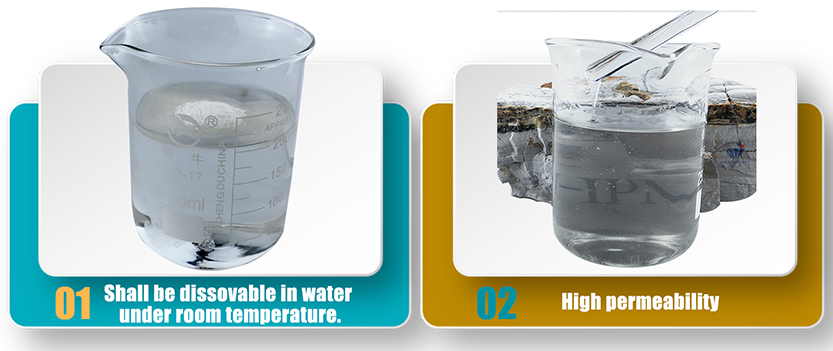
Sep . 21, 2024 22:45 Back to list
hydroxypropyl methylcellulose uses in tablets
The Role of Hydroxypropyl Methylcellulose in Tablet Formulations
Hydroxypropyl methylcellulose (HPMC) is a versatile cellulose-based polymer widely used in the pharmaceutical industry, particularly in the formulation of tablets
. Its unique properties make it an ideal excipient, playing crucial roles in modifying the release of active pharmaceutical ingredients (APIs), enhancing the mechanical strength of tablets, and improving their overall stability and appearance.One of the primary uses of HPMC in tablet formulations is as a binder. Binders are essential for ensuring that tablet ingredients hold together during both the compression process and throughout the shelf life of the product. HPMC, with its excellent adhesive properties, creates strong bonds between particles, effectively enhancing the structural integrity of tablets. This is particularly beneficial in formulations containing poorly compressible actives or those requiring precise dosage forms.
Additionally, HPMC is employed as a controlling agent for drug release, particularly in controlled-release formulations. Its hydrophilic nature allows it to swell in the presence of water, forming a gel-like barrier around the tablet matrix. This mechanism slows down the diffusion of the drug, resulting in a more gradual release of the active ingredients into the bloodstream. Such characteristics are invaluable for maintaining therapeutic levels of medication over extended periods, reducing the frequency of dosing and improving patient compliance.
hydroxypropyl methylcellulose uses in tablets

Moreover, HPMC is recognized for its ability to improve the flow properties of powders, which is critical in the tablet manufacturing process. Poor flowability can lead to uneven and inconsistent tablet weight, affecting the dosage accuracy. The incorporation of HPMC enhances the flow characteristics of the powder blend, facilitating a more uniform distribution of active ingredients and excipients in the tablet formulation.
Another significant aspect of HPMC is its functionality in film coating applications. Tablets are often coated to improve their stability, mask unpleasant tastes, and enhance their aesthetic appeal. HPMC-based coatings provide an excellent barrier against moisture and oxygen, thus extending the shelf life of the product. Furthermore, film-coated tablets are generally easier to swallow, making them more patient-friendly.
HPMC also exhibits a high degree of biocompatibility, which is essential in pharmaceutical applications. This characteristic ensures that it does not evoke adverse biological responses, making it suitable for both oral and other dosage forms like tablets, capsules, and topical formulations.
In summary, hydroxypropyl methylcellulose serves multiple roles in the development of tablet formulations. From functioning as a binder and drug release modifier to enhancing flow properties and enabling effective film coating, HPMC’s versatility is unrivaled. As the pharmaceutical industry continues to innovate and develop new formulations, the importance of HPMC as a key excipient will undoubtedly grow, contributing to the creation of safer, more effective, and patient-friendly medications.
-
Versatile Hpmc Uses in Different Industries
NewsJun.19,2025
-
Redispersible Powder's Role in Enhancing Durability of Construction Products
NewsJun.19,2025
-
Hydroxyethyl Cellulose Applications Driving Green Industrial Processes
NewsJun.19,2025
-
Exploring Different Redispersible Polymer Powder
NewsJun.19,2025
-
Choosing the Right Mortar Bonding Agent
NewsJun.19,2025
-
Applications and Significance of China Hpmc in Modern Industries
NewsJun.19,2025







